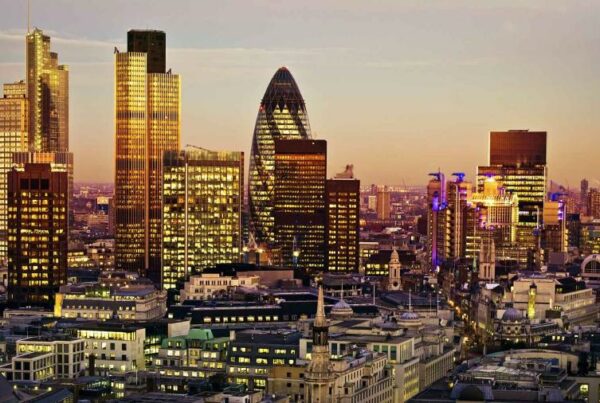The end of October marks one of the world’s spookiest holidays – Halloween! Nowhere in the world is it bigger than in the USA, where everyone dresses up in costumes, goes trick-or-treating, carves pumpkins, watches scary movies and parties until the wee hours. While much of the world has adopted these American traditions, there are plenty of other places that have their own Halloween time traditions. Read on to find out how they celebrate Halloween in Europe!
France
In France, you can hear about Halloween in children’s English classes and at the big-city clubs hosting Halloween parties for the over-18 crowd. Outside of this, however, Halloween is a relatively new acquisition from the USA. What is a traditional holiday, however, is La Toussaint, or All Saint’s Day. On November 1st, which is a bank holiday in France, the tradition is to visit the cemeteries where your loved ones are buried and decorate the gravesites with chrysanthemums and candles. French Catholics may attend a special mass service, but overall it’s an excuse to spend time with your family.
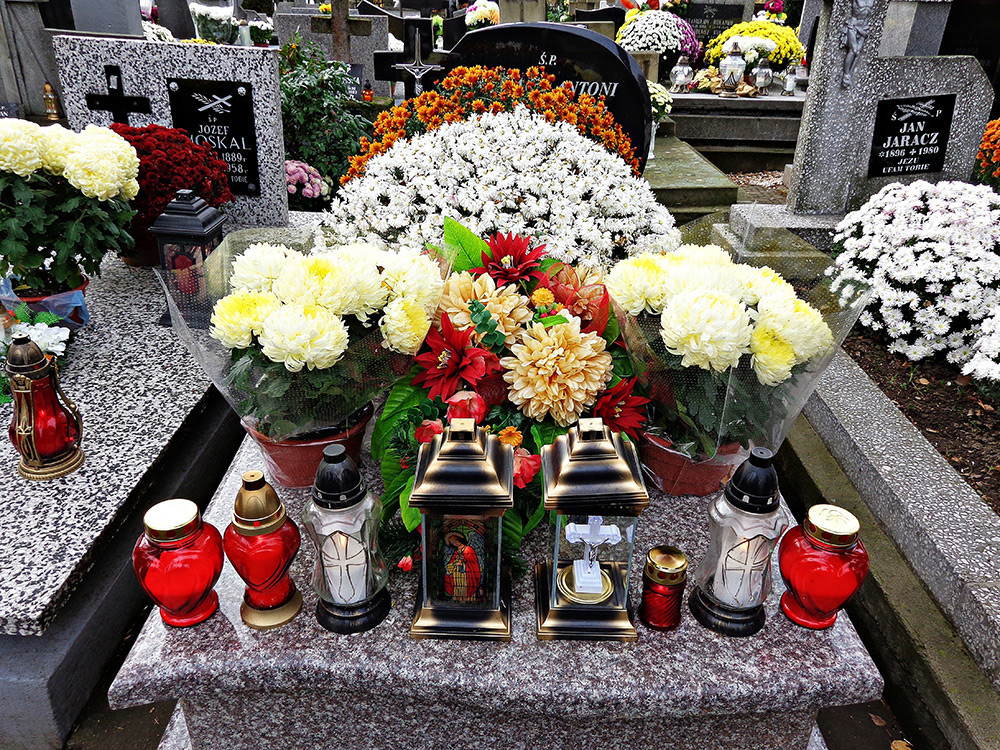
Germany
Halloween in Germany shares a date with Reformation Day, which marks the day that Martin Luther famously hung his 95 Theses on the door of a Wittenberg church. This bank holiday is celebrated in northern Germany, which is traditionally Protestant. Although there aren’t any specific celebrations associated with Reformation Day, there is a Halloween-like holiday called St Martin’s Day on November 11th. This is a traditionally Catholic holiday, so it’s celebrated primarily in southern Germany. On this day, children take part in a candlelight procession with paper lanterns, and in some areas, they even go door-to-door, singing in exchange for sweets and cookies. It’s almost like trick-or-treating!
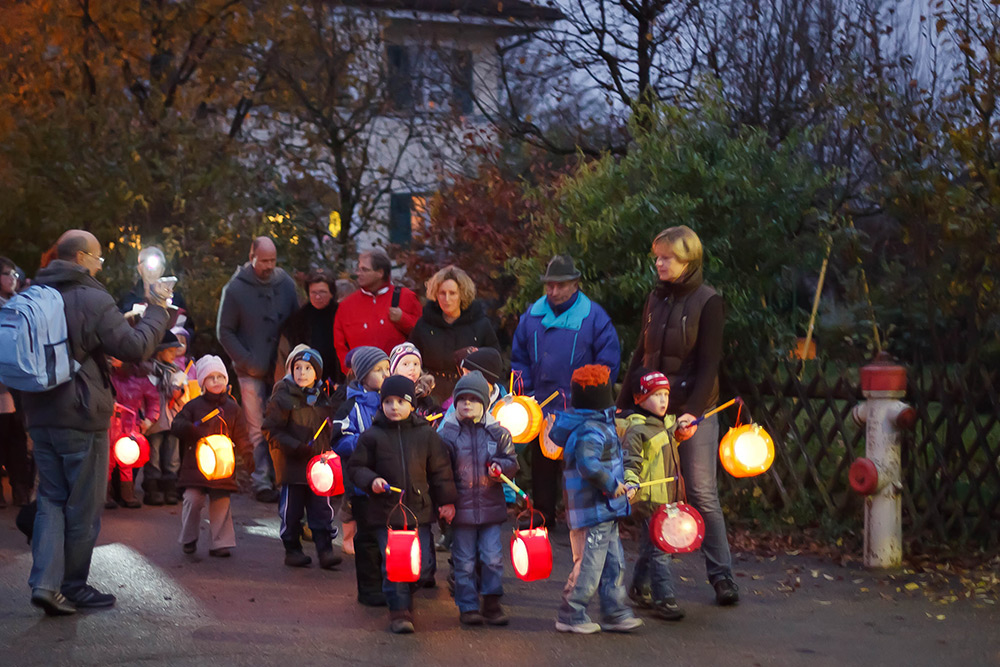
Italy
All Saint’s Day is also celebrated in Italy, where it’s known as Ognissanti. Just like in France, families head to the cemeteries with chrysanthemums to pay respect to the dead, and then they usually have a family meal together. This could include autumn-inspired dishes like risotto or pasta with pumpkin, roasted chestnuts and pan dei morti (“bread of the dead”), made with cinnamon, chocolate, nuts and raisins or figs. As November 1st is a bank holiday, it’s a great reason to slow down and be with family.
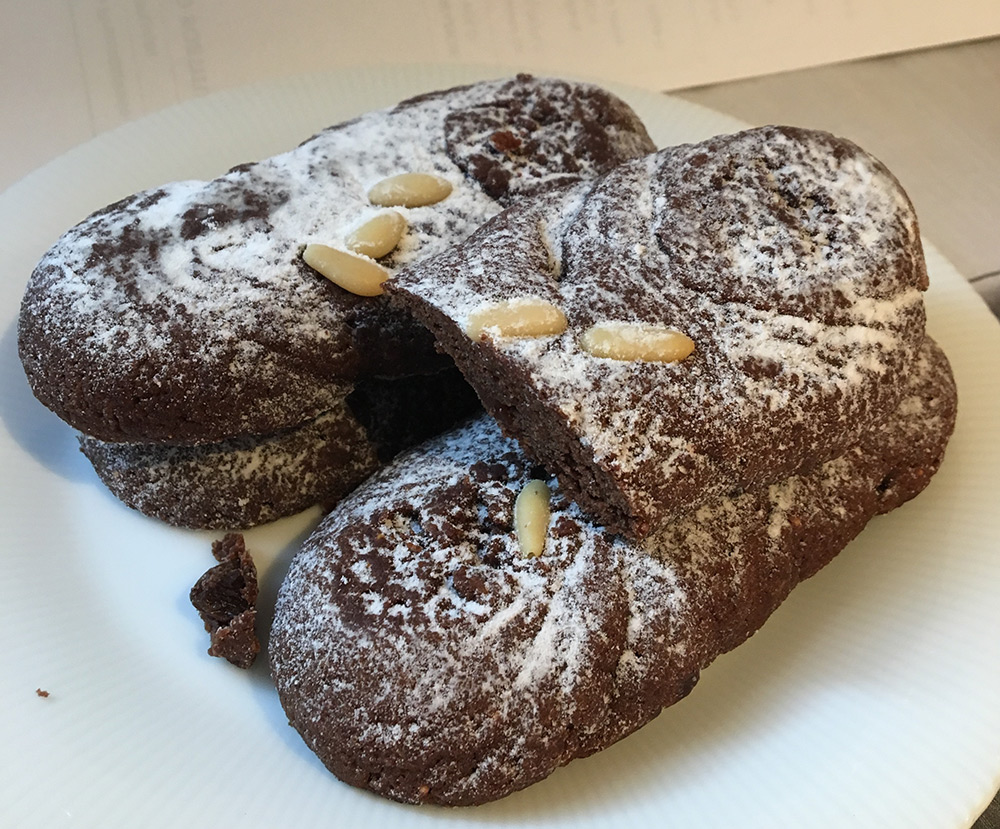
Spain
The version of All Saint’s Day in Spain, or Todos los Santos, is not too different from its iterations in France and Italy, and is so well-known that the opening scene in Pedro Almodóvar’s famous film Volver portrays the characters tidying up their ancestors’ graves:
In Catalonia, the locals celebrate La Castanyada by having a meal with family including roasted chestnuts, baked sweet potatoes and panellets, small marzipan cookies. On the other side of the country in Galicia, they celebrate the ancient Celtic holiday of Samhain, which is actually what Halloween originated from! Galicians celebrate with bonfires, parties and a special drink known as queimada, made with strong liquor, sugar, lemon peel and coffee beans and then lit on fire!
The UK
There may be more Halloween parties and scary costumes in the UK than in the other European countries, but a more popular traditional holiday is just a few days later, on November 5th. This holiday, known as Guy Fawkes Day or Bonfire Night, includes fireworks, parades with effigies of Guy Fawkes, bonfires in the streets and parkin cake – a sticky and sweet cake made with treacle, ginger and oatmeal. The holiday commemorates a foiled plot by Guy Fawkes and other conspirators to blow up the House of Lords in 1605 and was famously portrayed in the film V for Vendetta, in which thousands of protestors in Guy Fawkes masks take to the streets. Apart from New Year’s Eve, these are the best fireworks you’ll see in the UK!
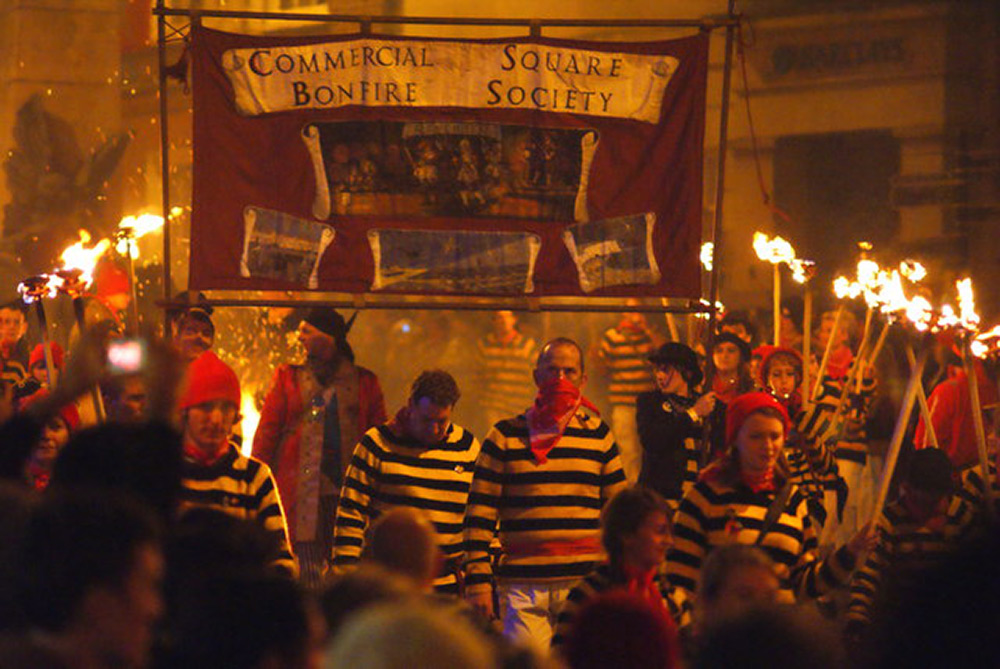
So, where can you find Halloween in Europe? The answer is just about anywhere, as every year more and more children dress up as ghosts, skeletons and witches and go trick-or-treating and adults attend costume parties after the sun goes down. If you really want to experience something authentic, however, check out the local holidays!



